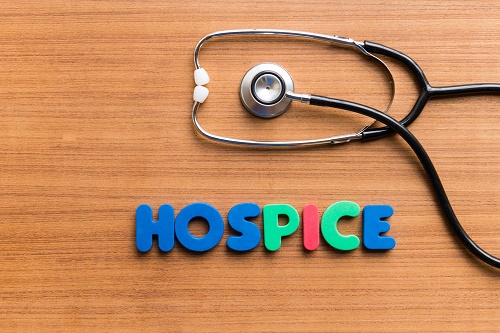
Hospice is a modality of care that focuses on palliative symptom management when an individual is approaching end of life due to terminal illness. Most hospice is performed in the comfort of the patient’s home and with the assistance of loved ones and family members who can administer medications based on the patient’s need. This is known as Routine Hospice Care.
Hospice is very good at managing patient symptoms. However, sometimes patients experience symptoms that are difficult to control in the home setting without skilled healthcare professionals present to coordinate medications to achieve symptom relief. In those cases where the hospice care needs to be bumped up a notch or two, there are options for patients and families alike.
Patients who require more intensive hospice care, and who meet the appropriate criteria, can elect General Inpatient Hospice. A patient is transferred to a facility that contracts with the patient’s hospice to provide around the clock care by nurses, aides, doctors and social workers…much like you would receive if a patient were in the hospital. The patient stays until their symptoms are under control once again, and are then sent back home.
Sometimes a patient experiences uncontrolled symptoms but can not be transferred to a facility. In those cases, Continuous Care can be started in the home. Nurses and aides are placed in the home at the bedside and are managed much like they would be in a facility. Medications are administered by skilled personnel until the patient is stabilized and Routine Care can continue symptom management.
Sometimes those who are caring for the patient simply run out of steam and become too fatigued and exhausted to continue caring in the best way possible. When caregivers need a break, Respite Care is the best option. A patient is placed in a contracted facility and watched by the hospice’s care team while the family is allowed to catch their breath. Respite Care can be performed for up to 5 days at a time.
Editor’s Note: Thanks to St Joseph’s Hospice for this article.


Comments